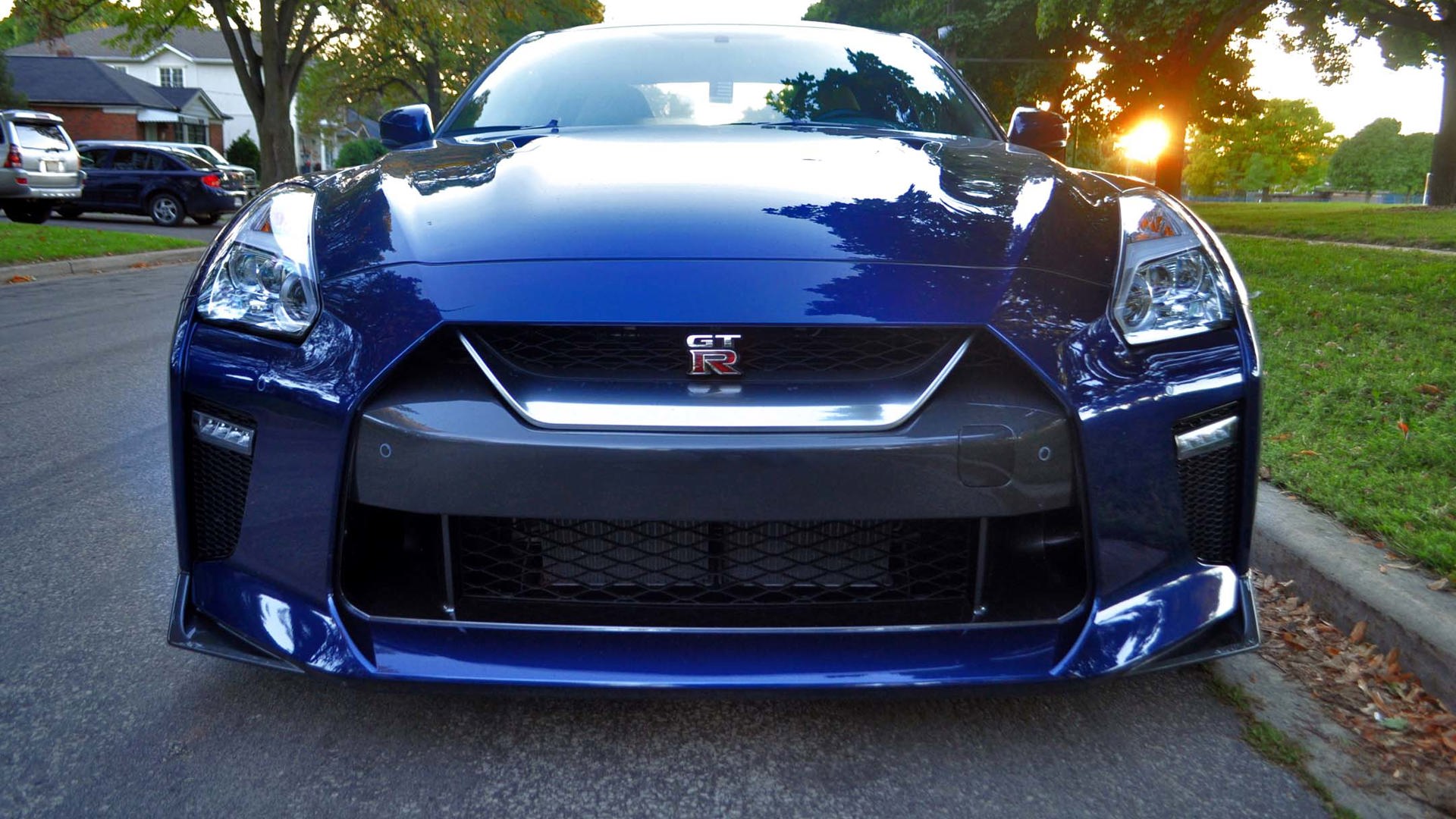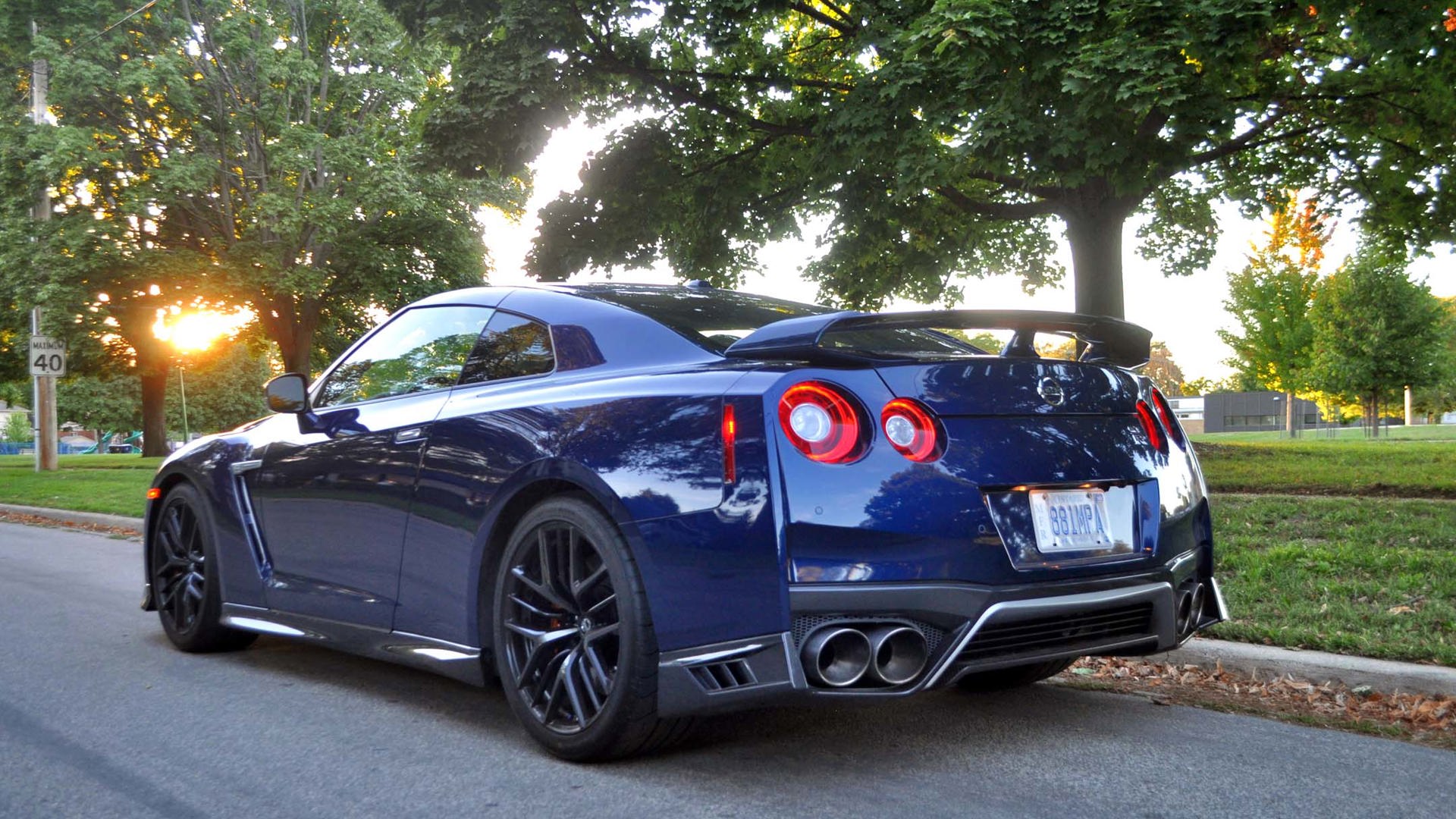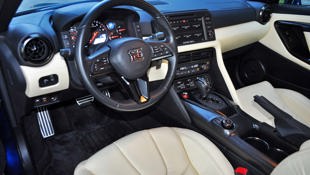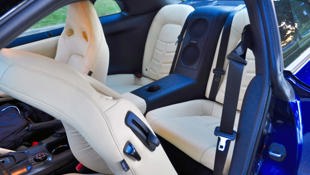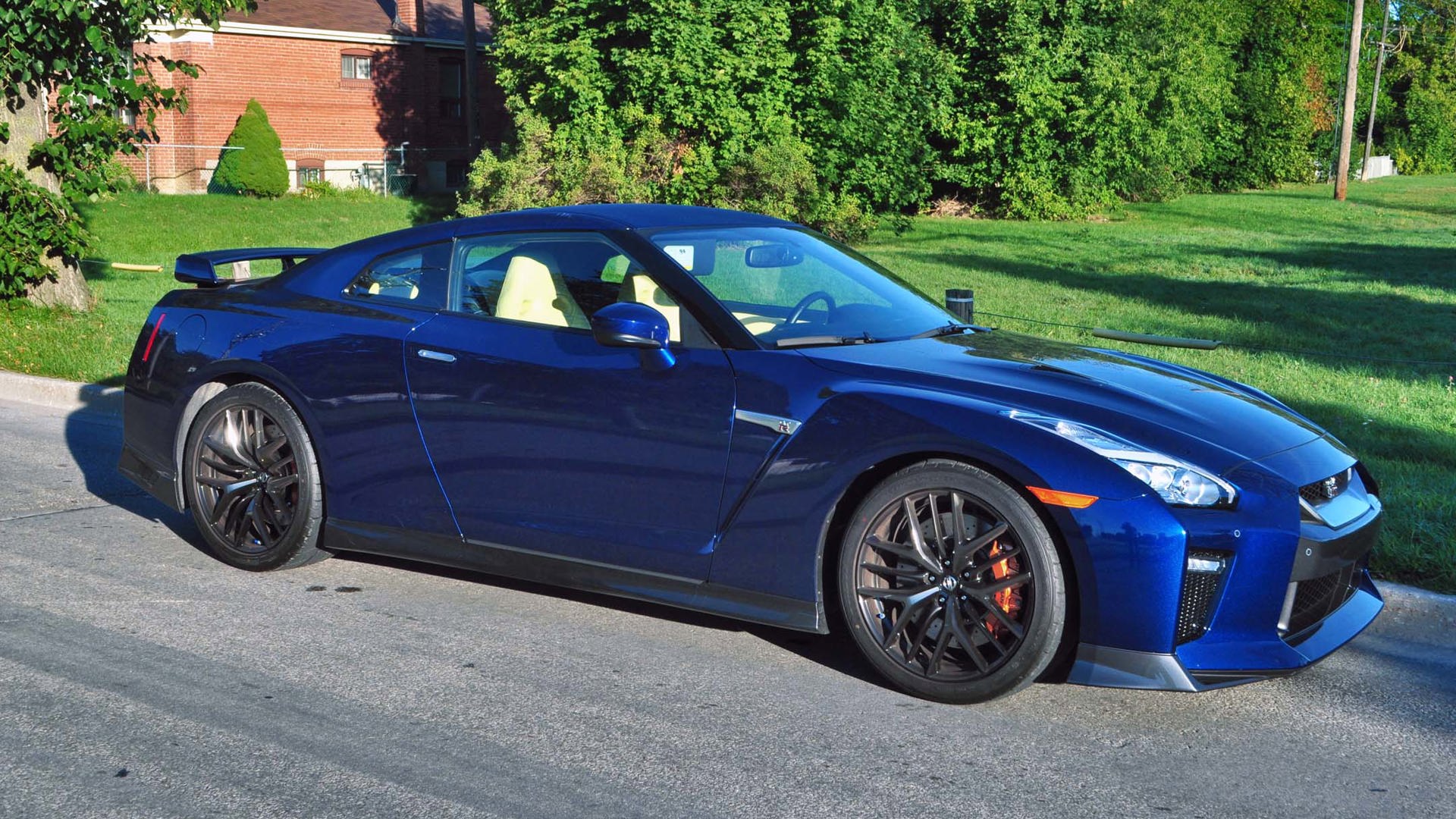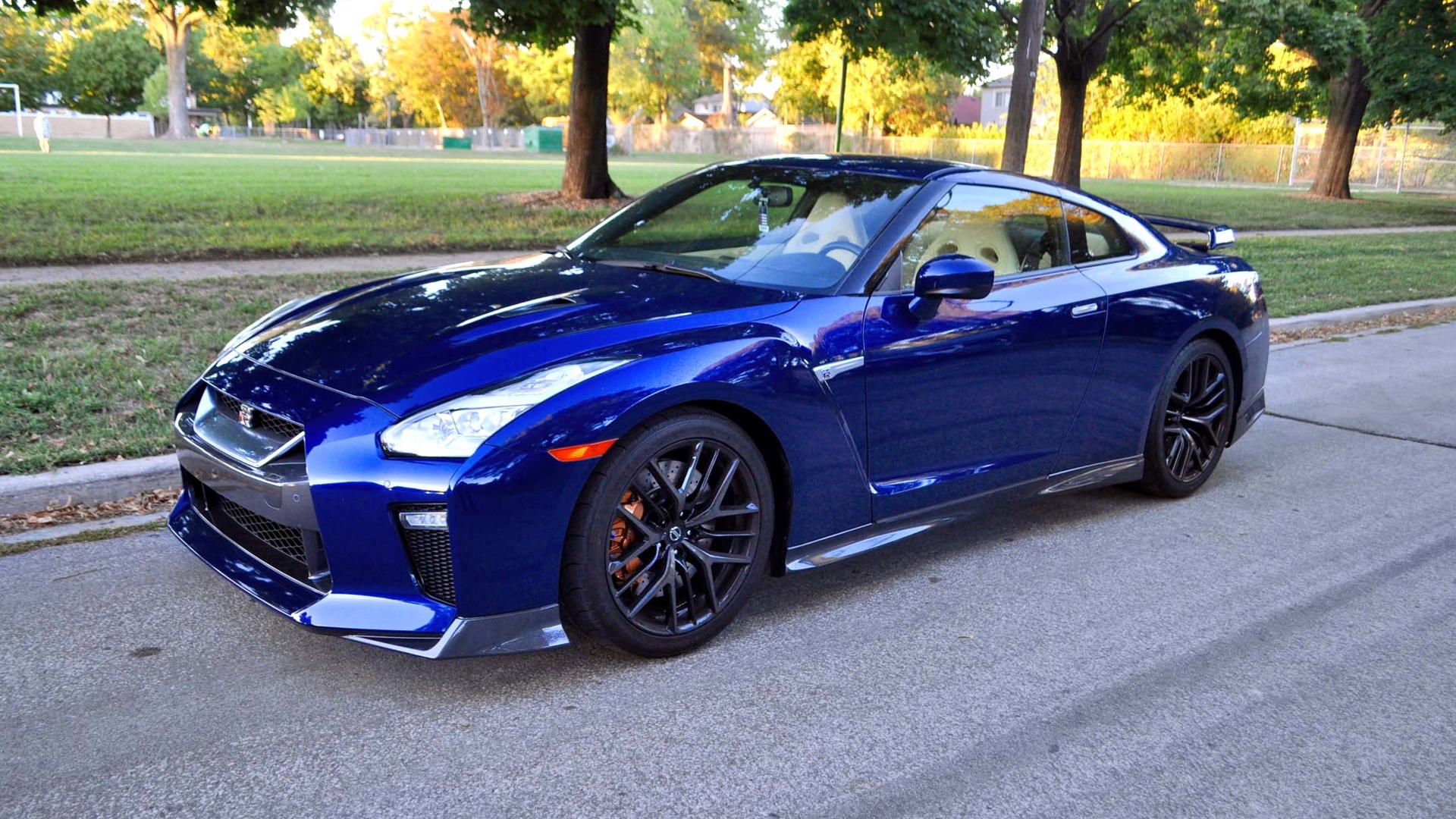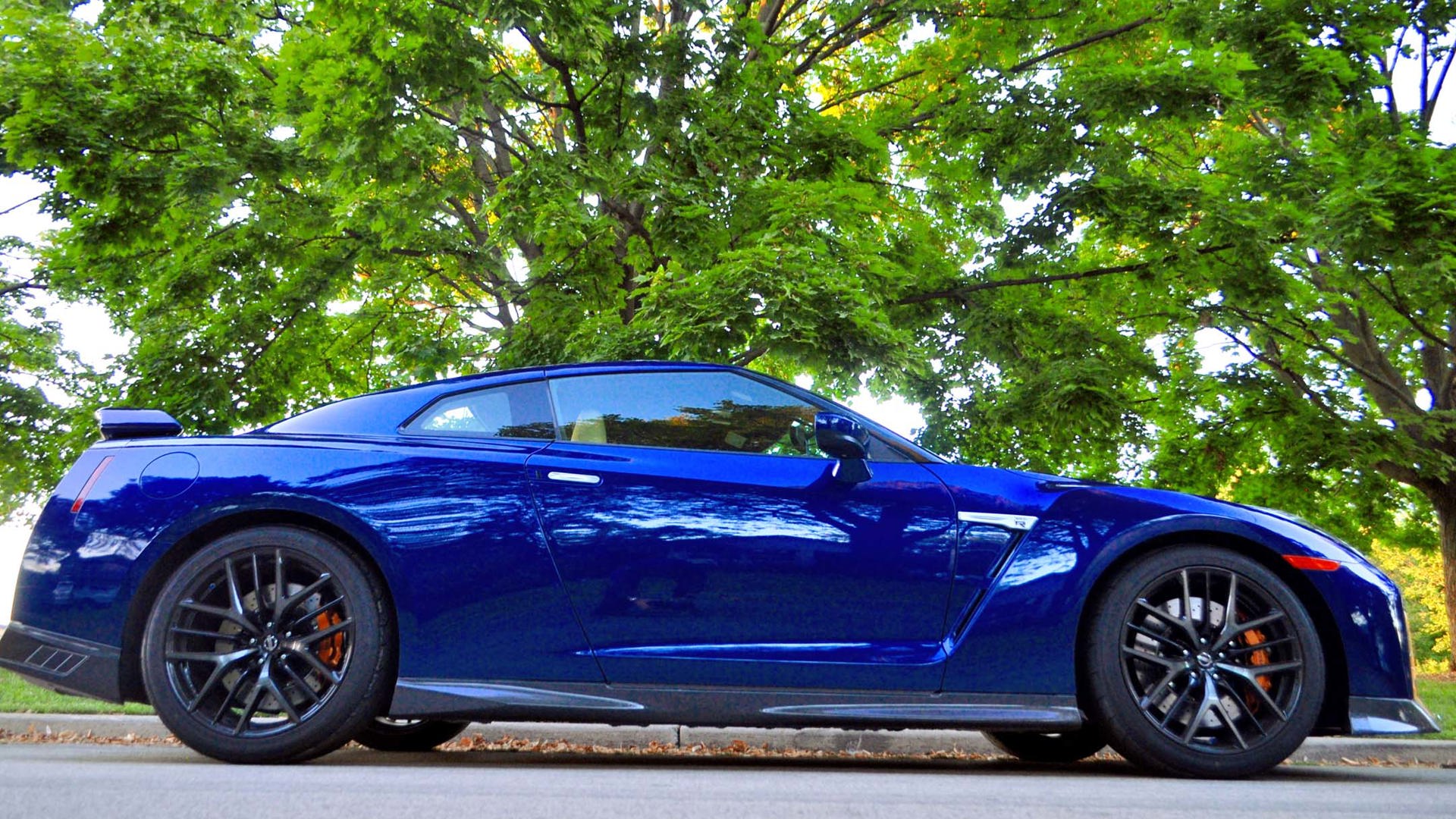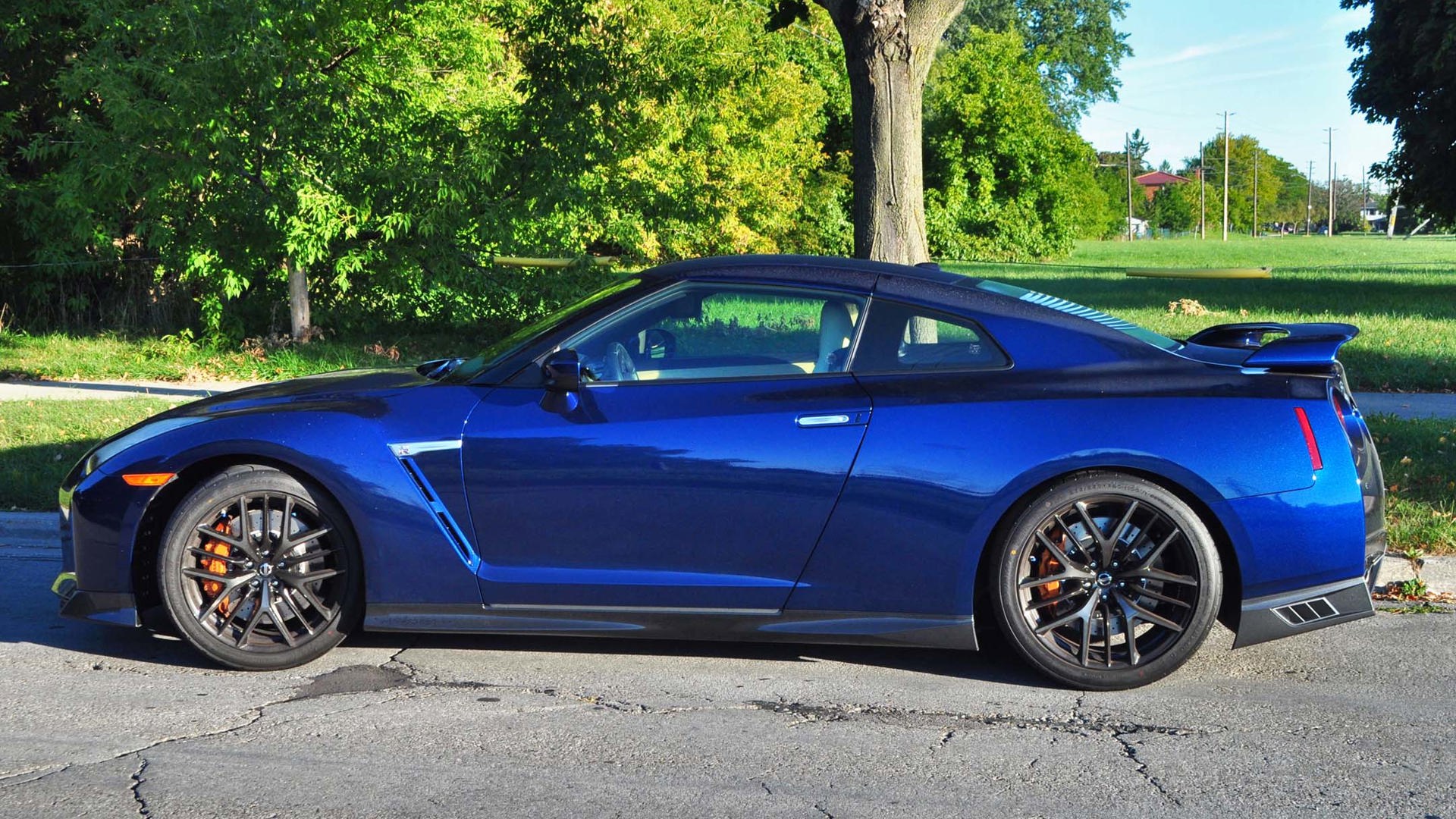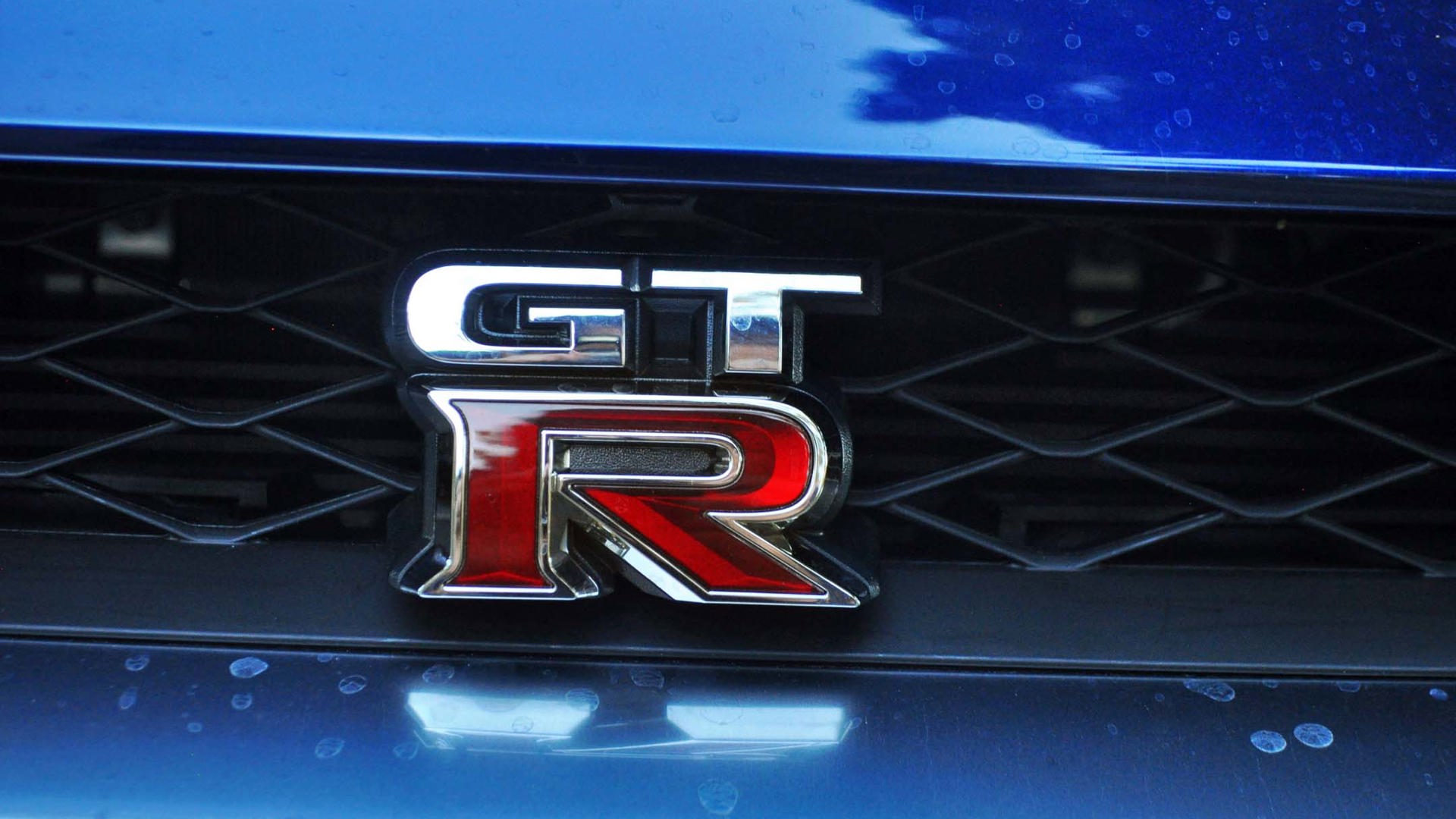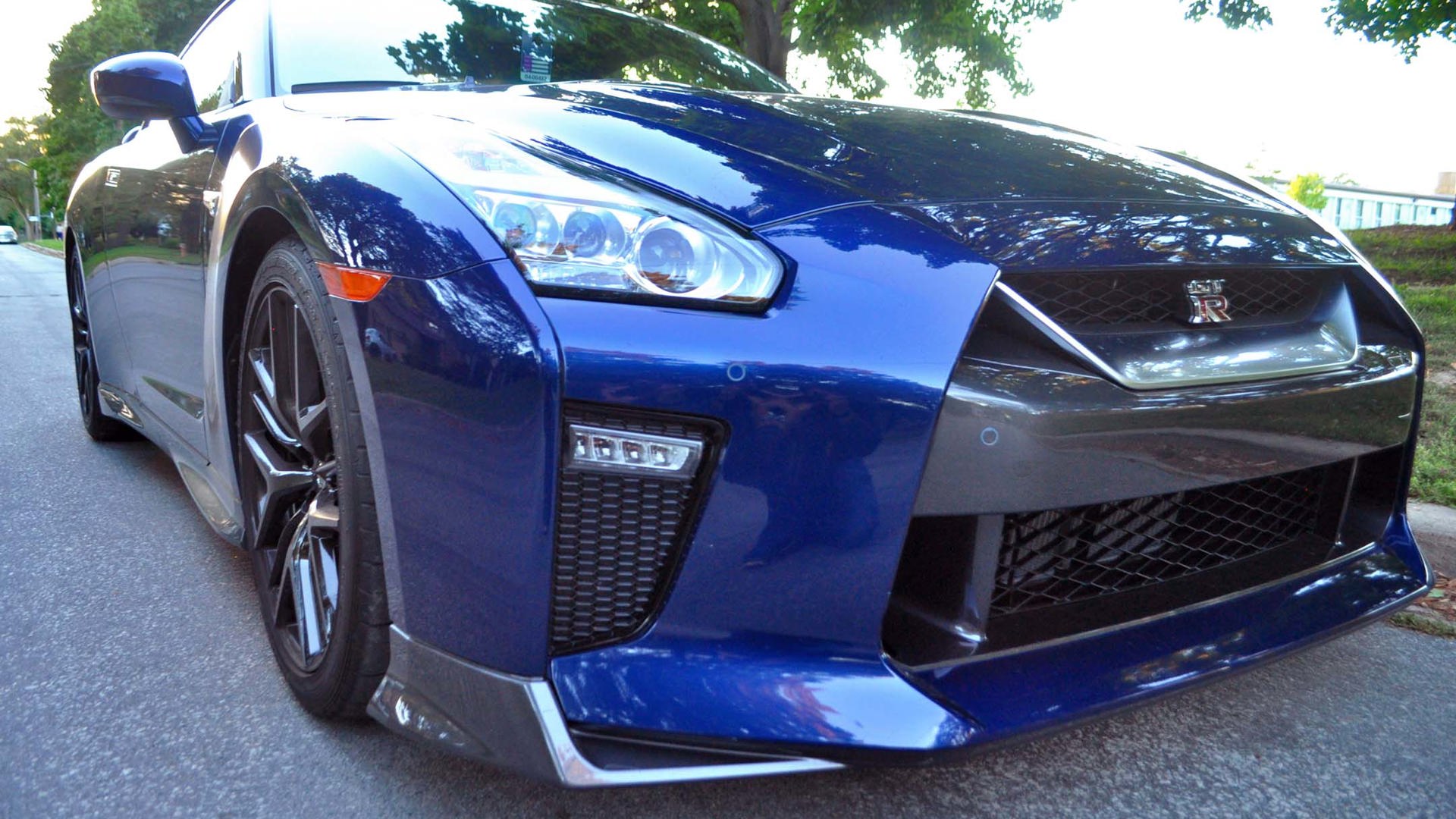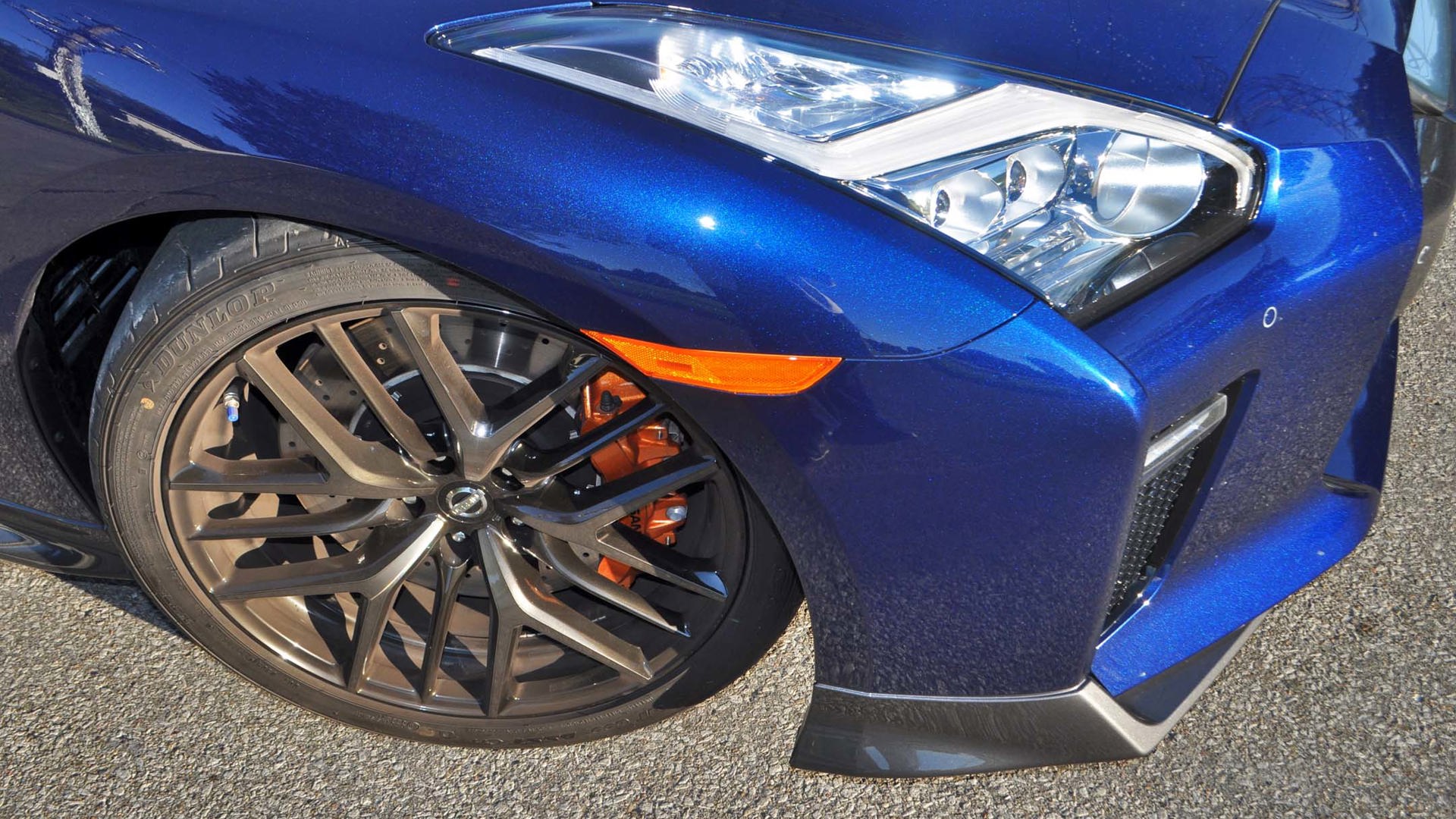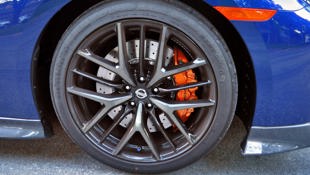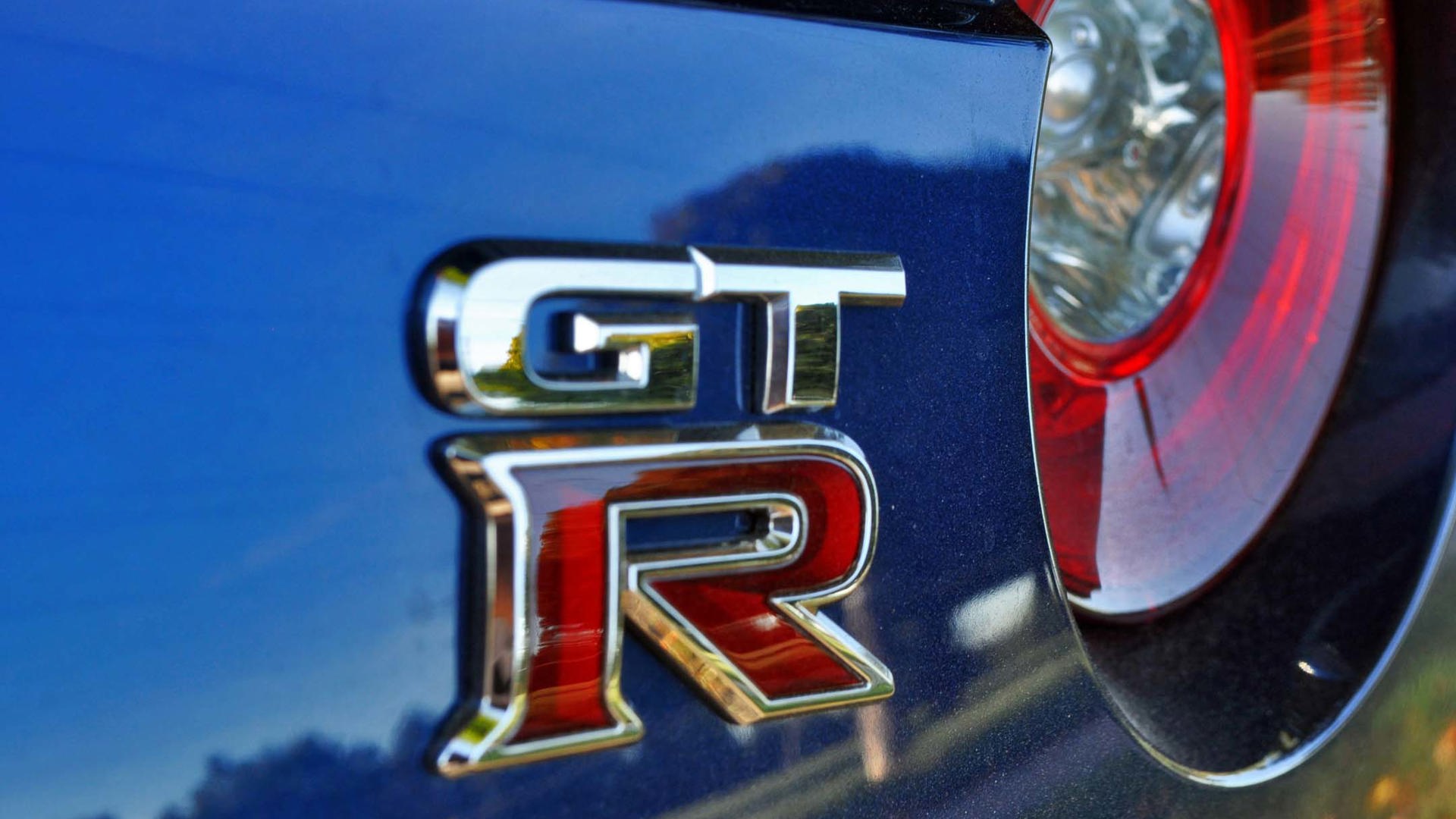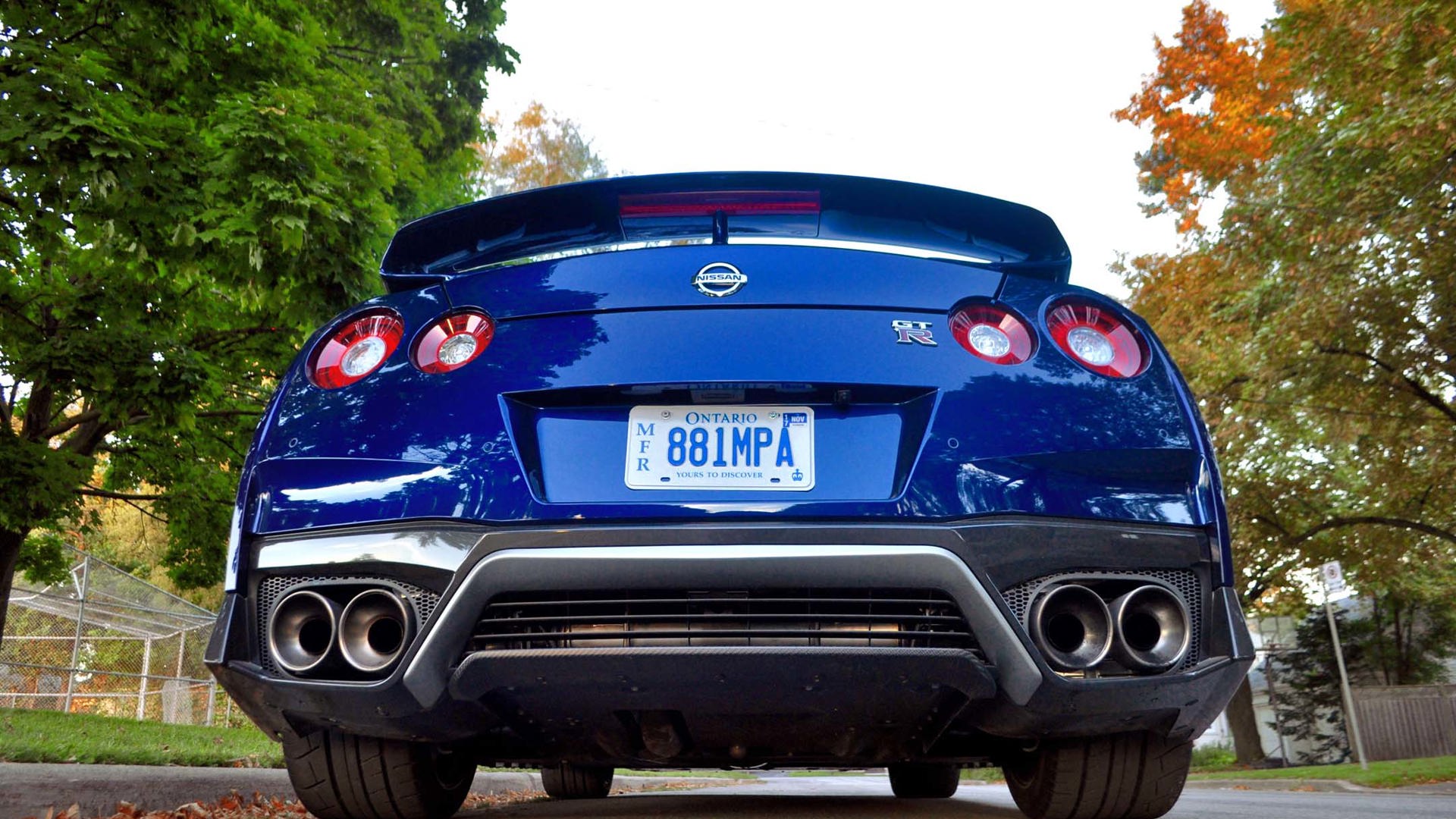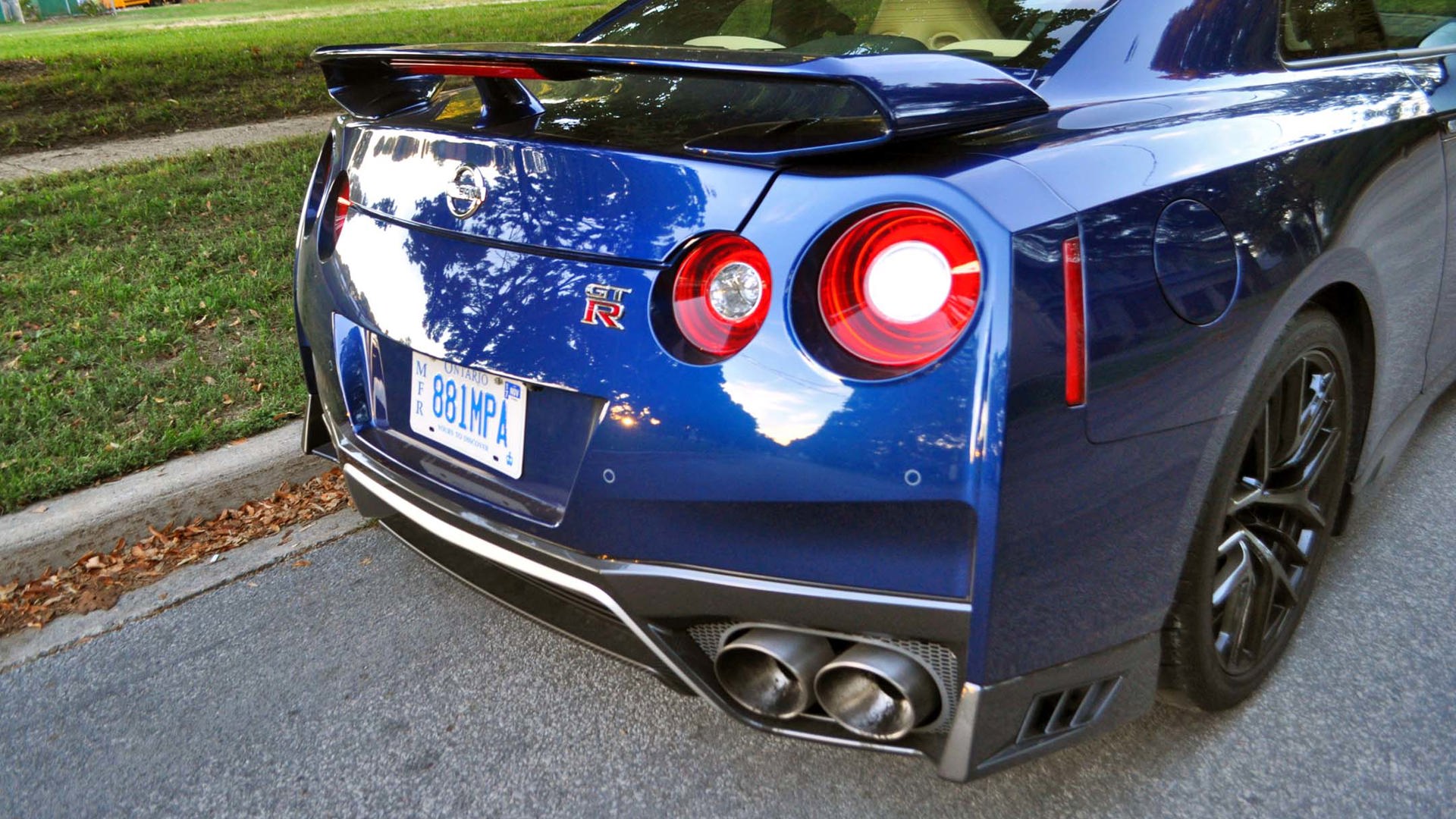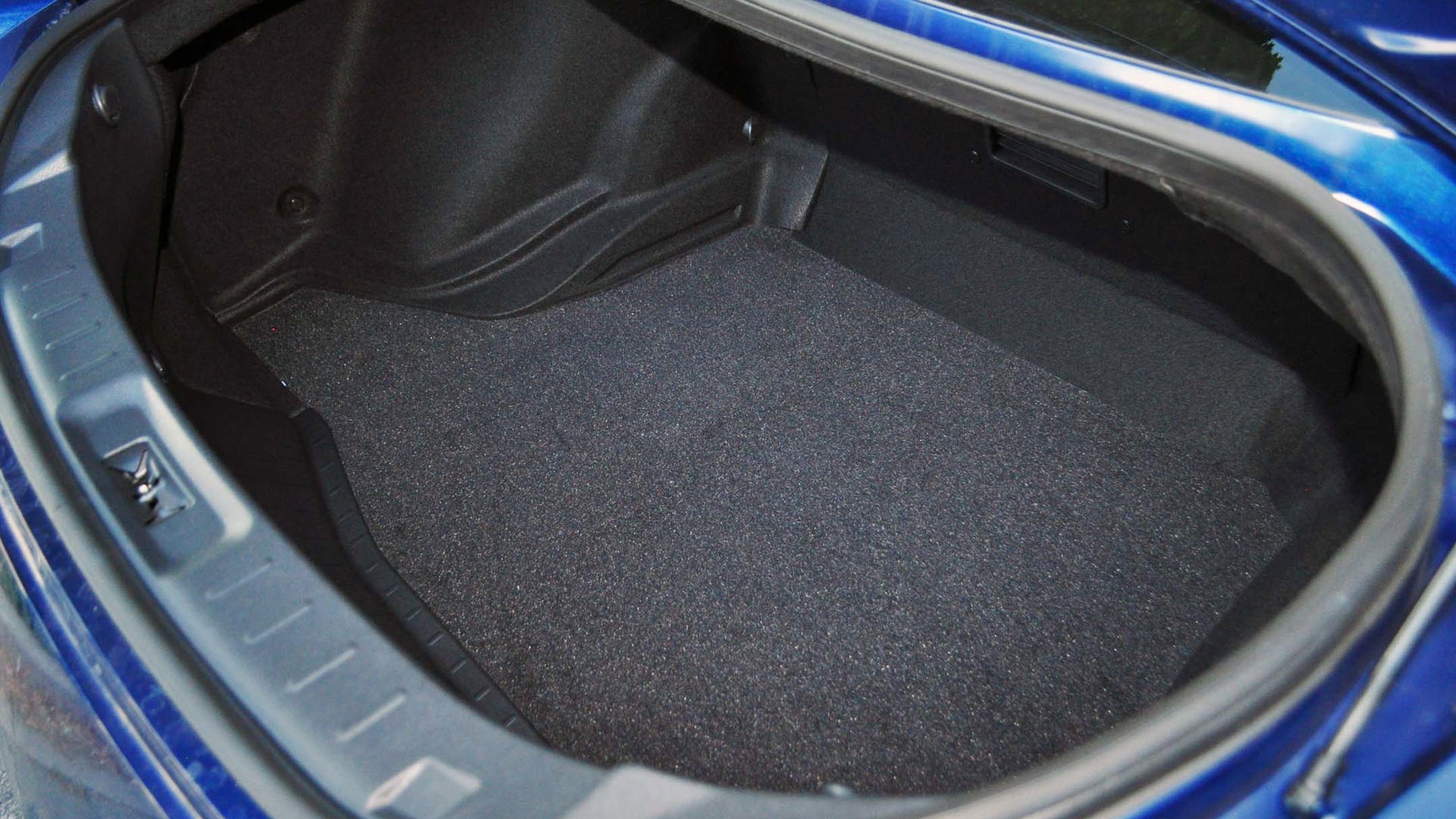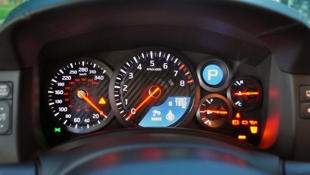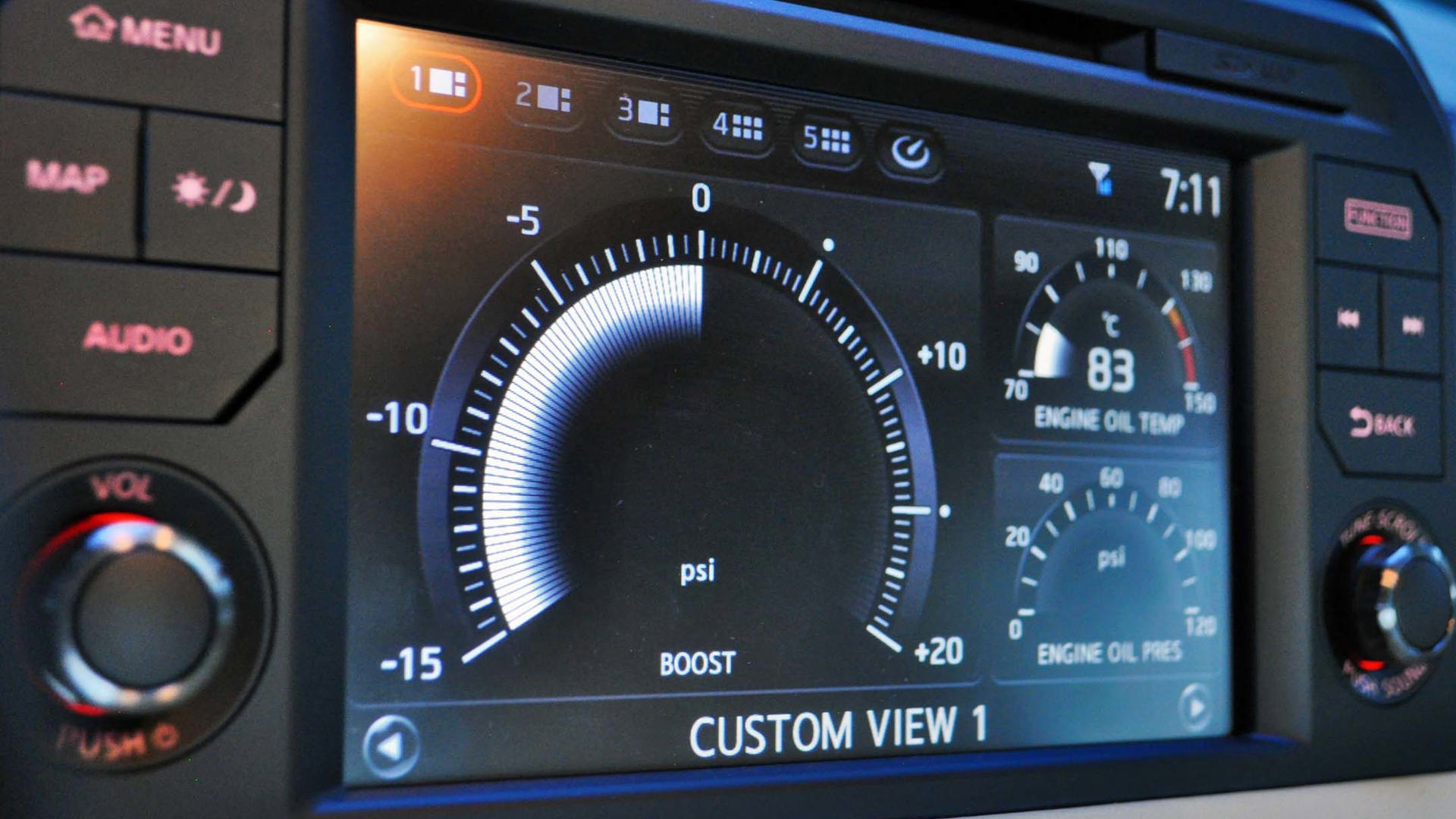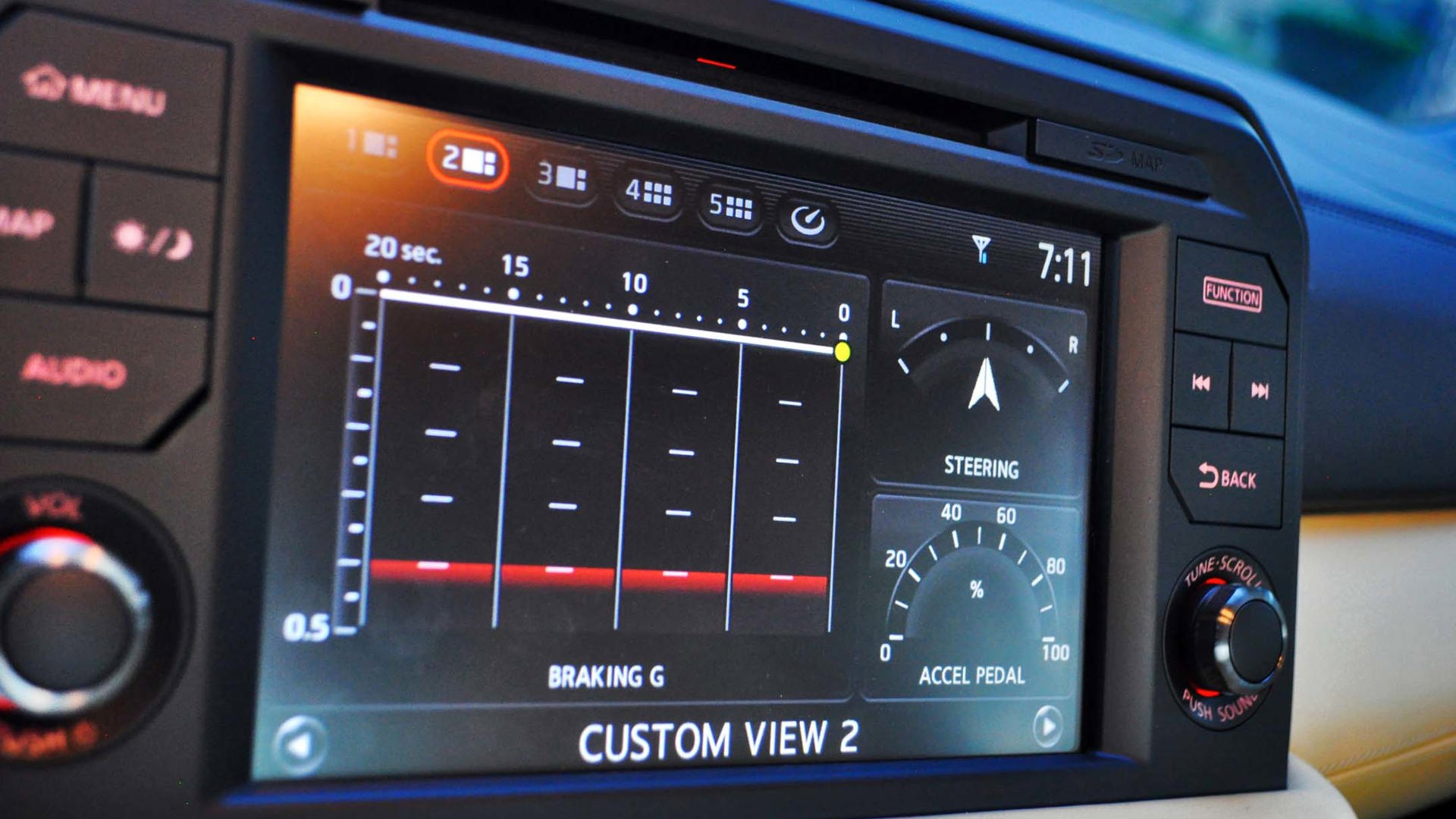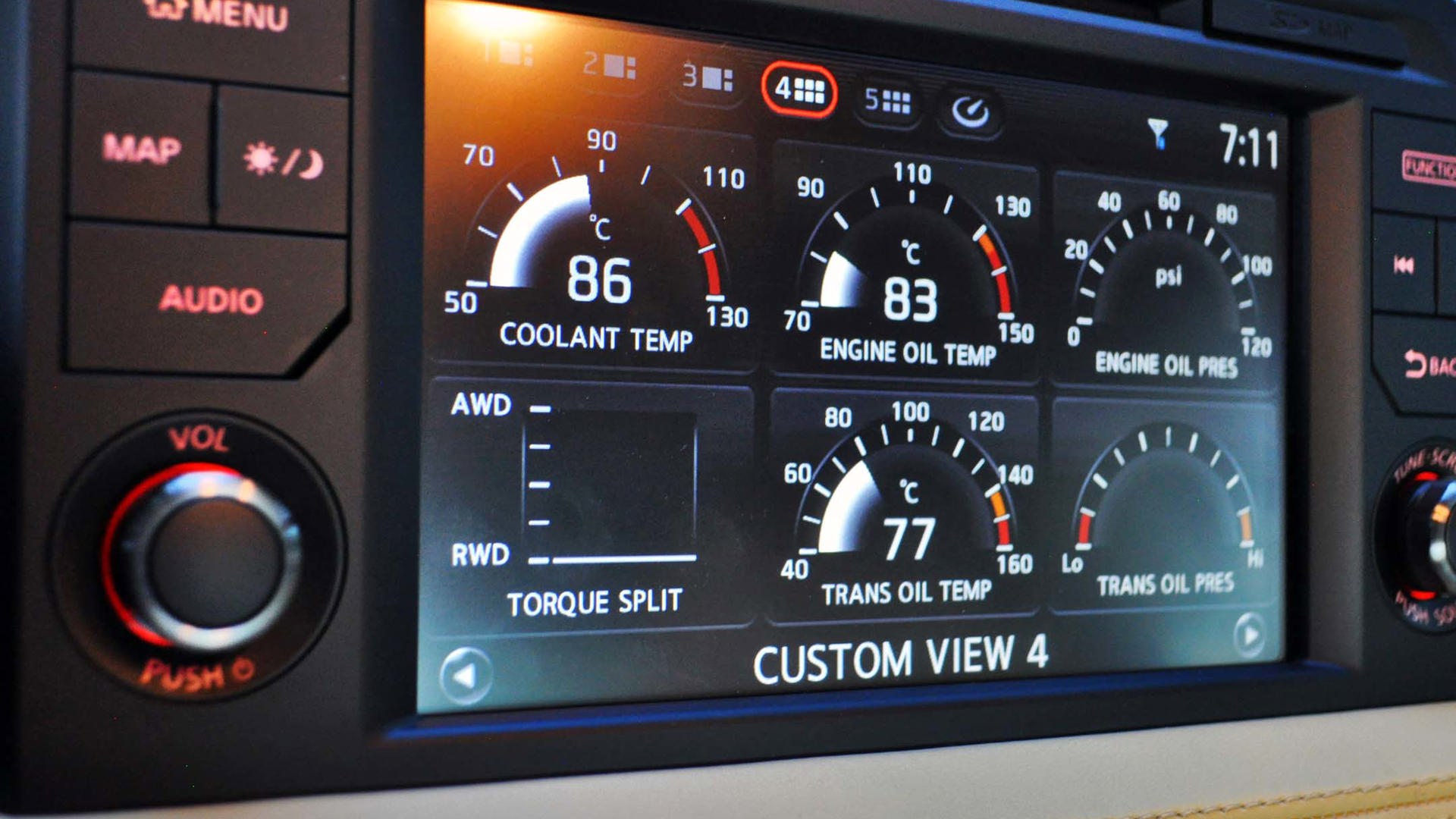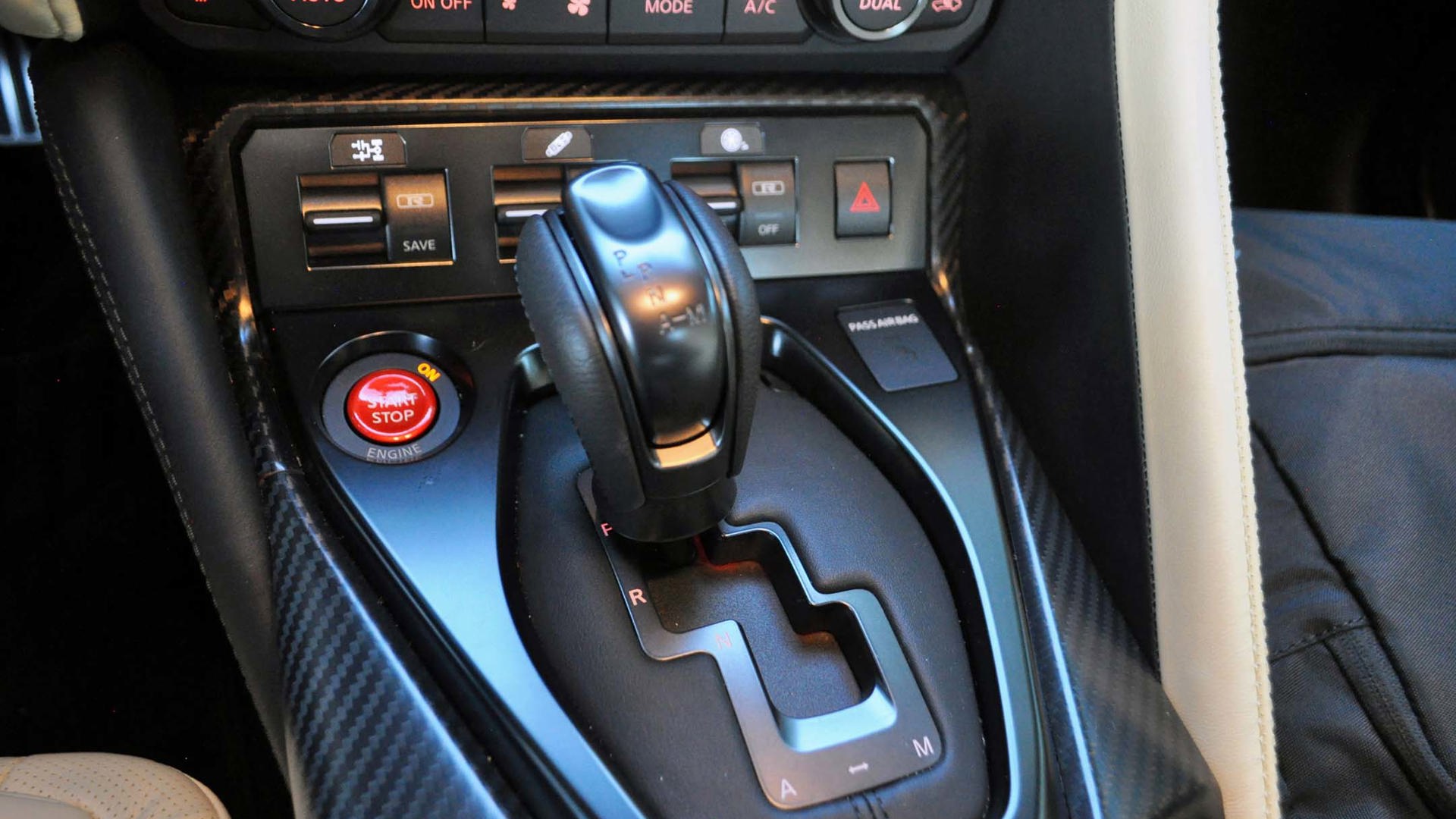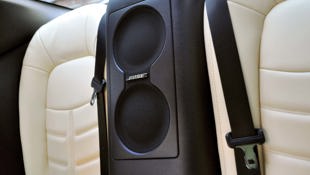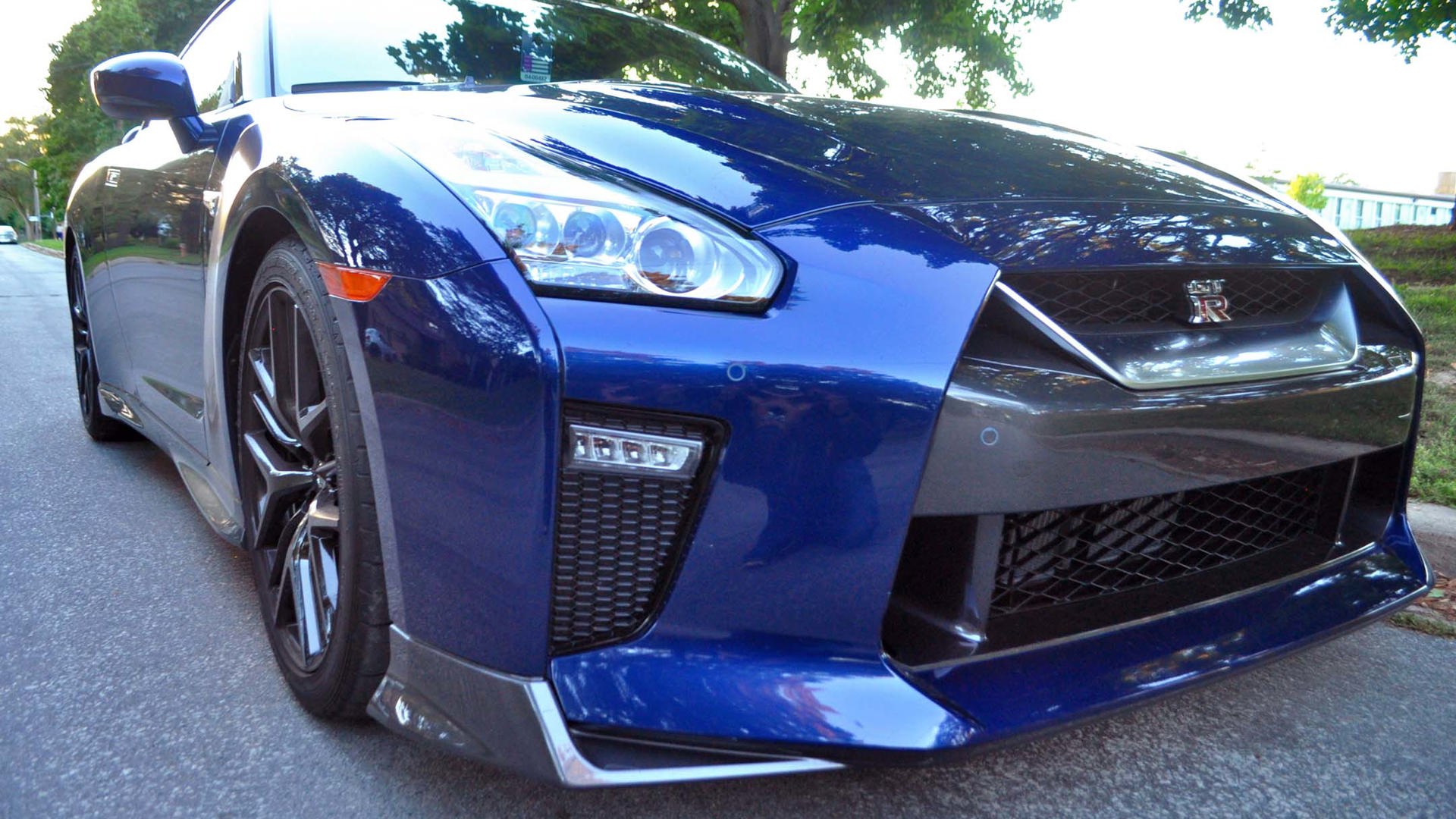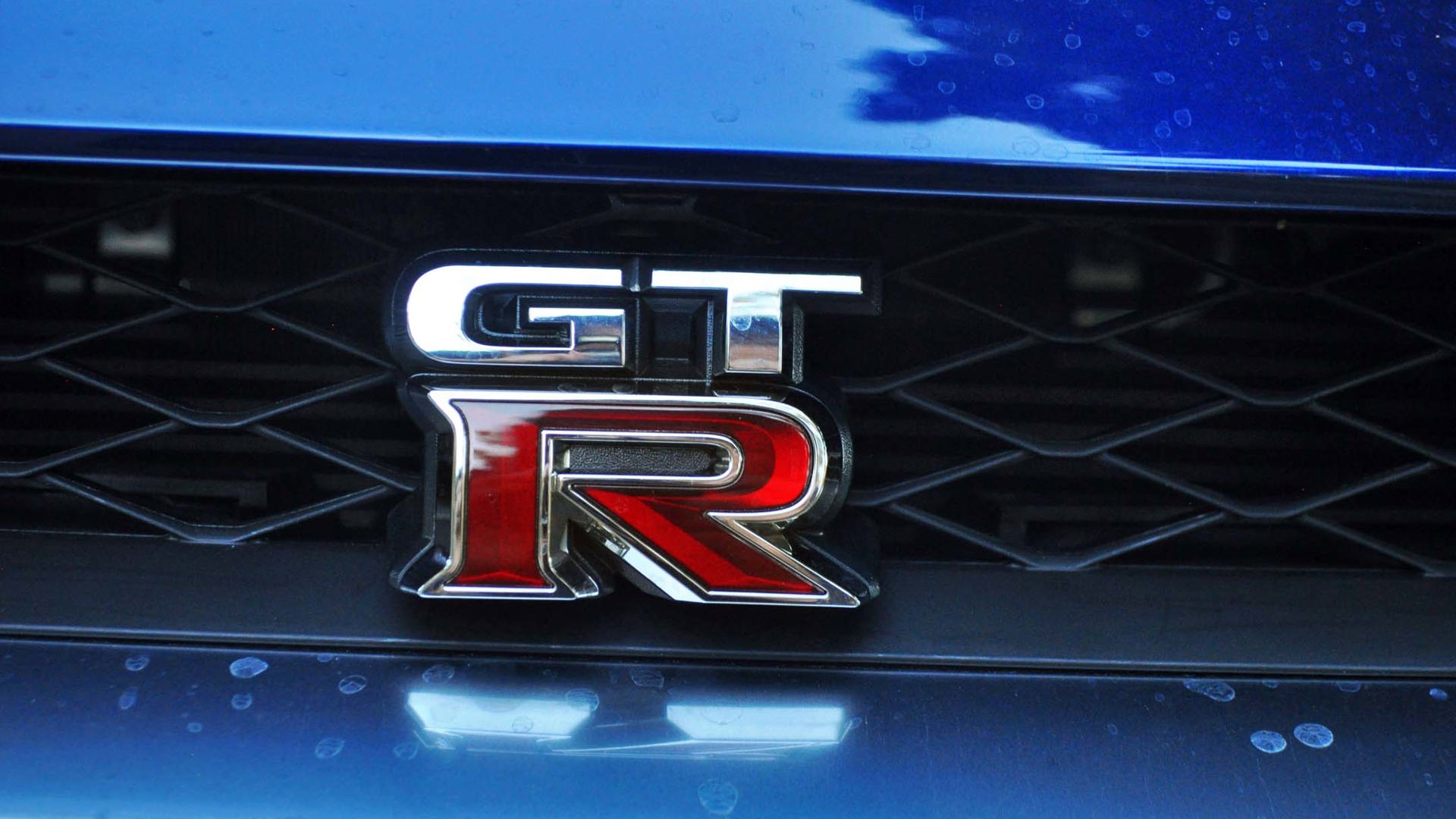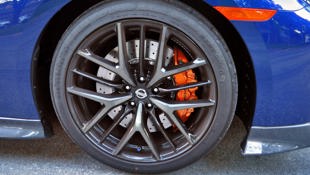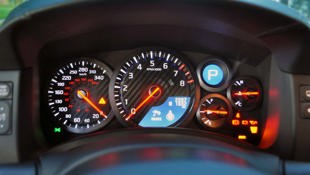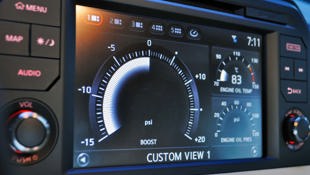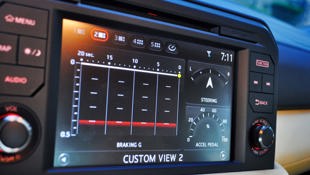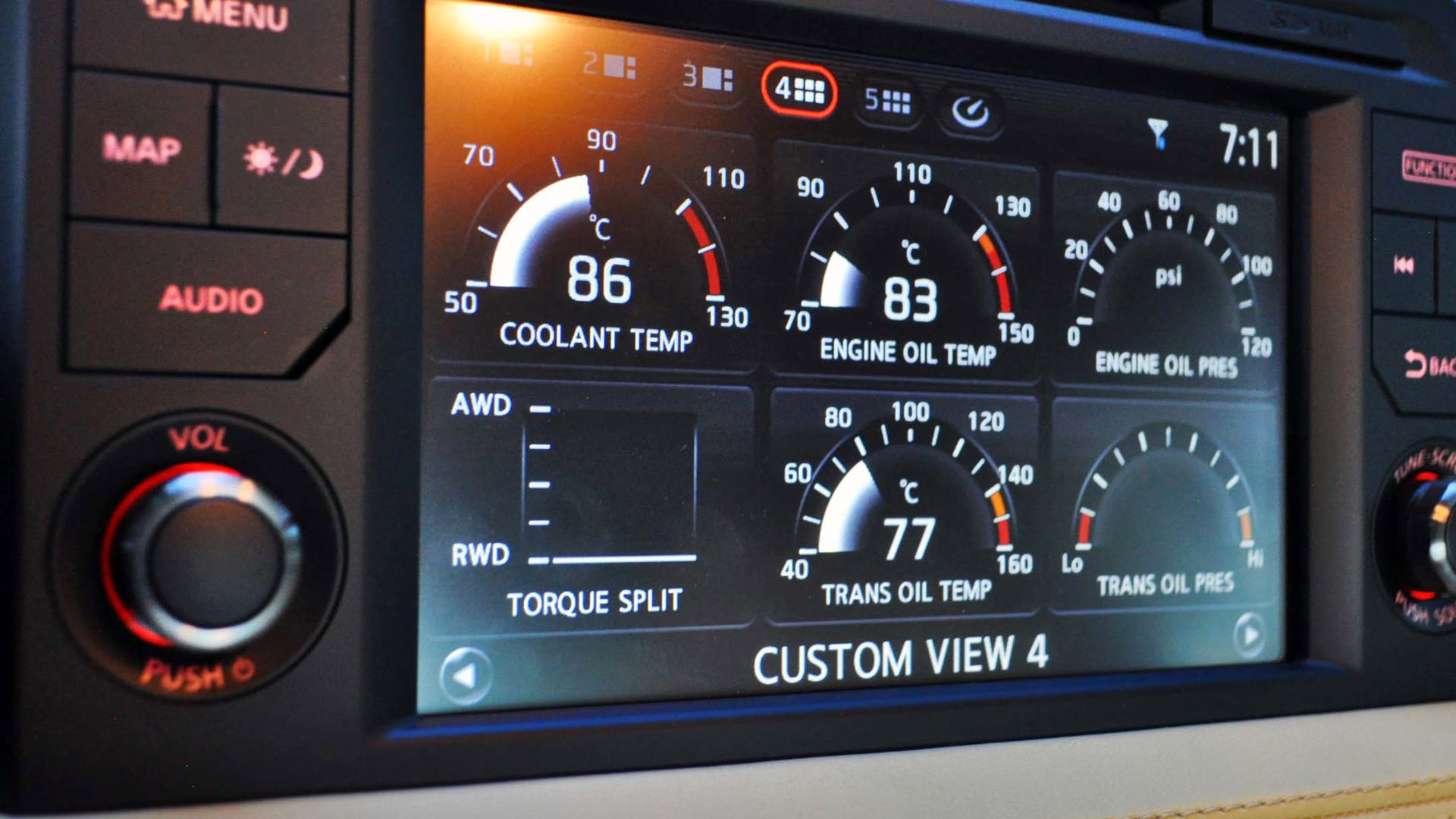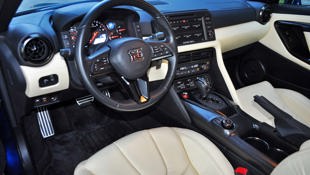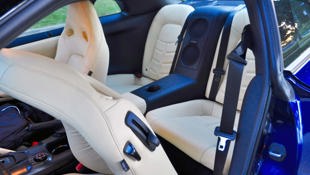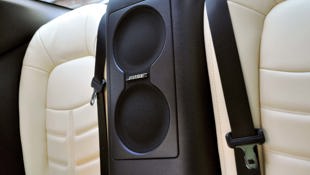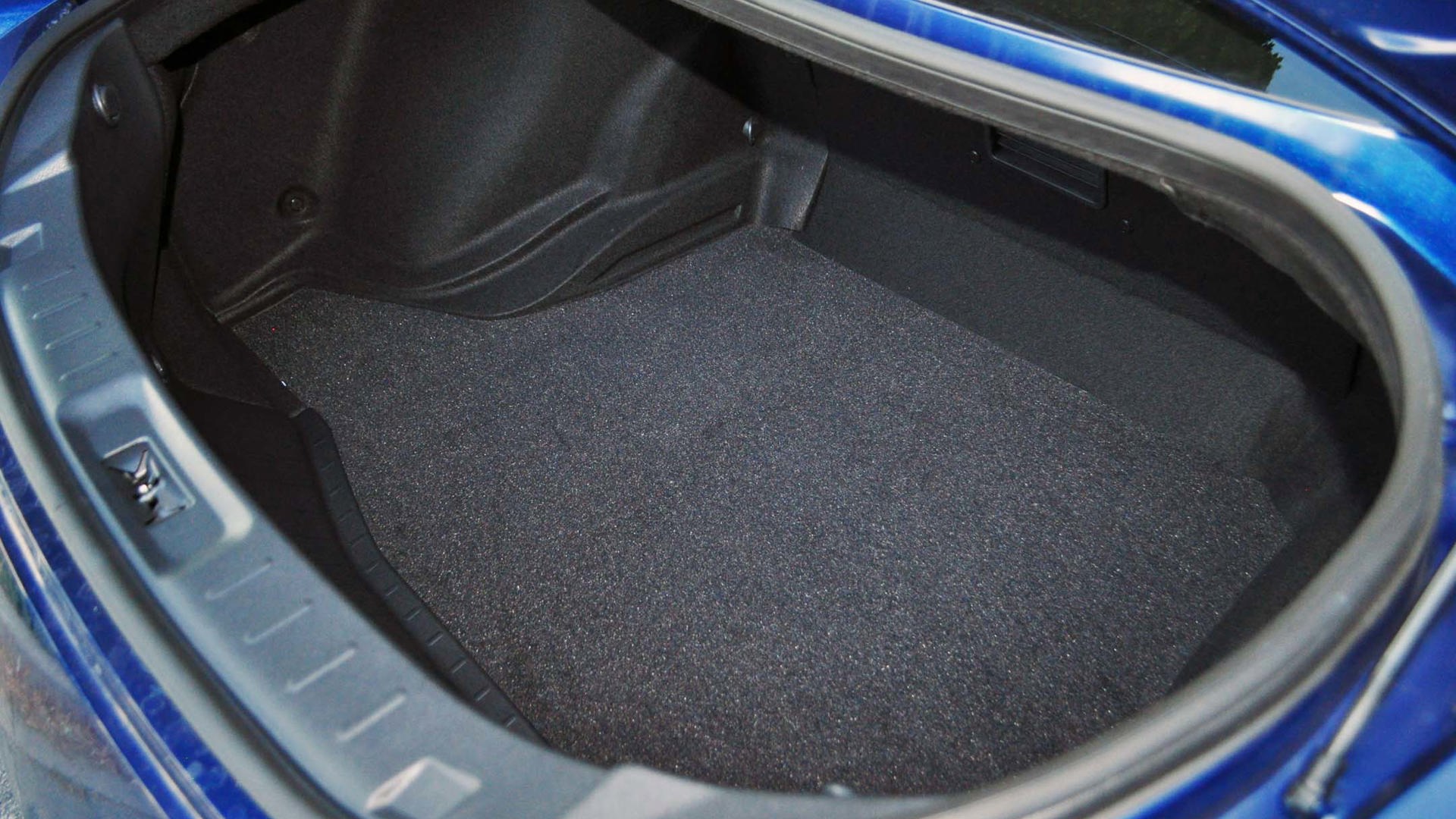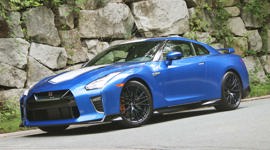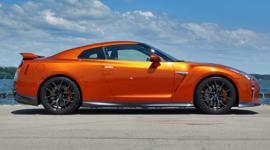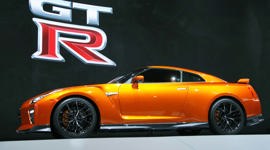 AutoTrader SCORE
AutoTrader SCORE
-
STYLING8/10
-
Safety7/10
-
PRACTICALITY9/10
-
USER-FRIENDLINESS8/10
-
FEATURES8/10
-
POWER9/10
-
COMFORT7/10
-
DRIVING FEEL9/10
-
FUEL ECONOMY6/10
-
VALUE8/10
You don’t have to be a gamer to appreciate the all-conquering 2017 Nissan GT-R. But it helps.
There’s no doubt that driving Nissan’s halo sports car is like taking the wheel of a super-sensitive gaming rig.
It helps because it was designed for a digital generation, launching in 2008 in North America with so many screens, knobs and displays on the dash that it could invoke vertigo in a fighter pilot. The creators of the famed Gran Turismo series of racing games were even brought in to help design this car’s multifunction display, with the thinking that the folks at Polyphony Digital had created such a realistic simulation experience that surely they could create a similarly enjoyable (and addictive) real-life one.
There’s no doubt that driving Nissan’s halo sports car is like taking the wheel of a super-sensitive gaming rig. This all-wheel-drive four-seat coupe can grip and rip with the fastest cars in the world, its missile-like acceleration shaming pricier Ferraris and Lamborghinis in videos all over the Internet.
Nissan doesn’t list an official 0–100 km/h acceleration time, and I didn’t strap it to a V-Box and head to a track or empty airfield in my few days with it, but a quick scan of creditable online tests suggests it can blast from rest to highway speed in roughly 3.2 seconds, give or take a few tenths.
This certainly feels like a three-second car. Plant your foot into the right pedal, and there’s a moment of hesitation while the electronics, six-speed dual-clutch automated transmission, twin turbos and all-wheel-drive system all agree on catapult mode, and then you’re off like a shot, with a neck lurch and the back of your skull in full acquaintance with the head restraint.
That’s 565 raging horses pulling you forward from that twin-turbo 3.8L V6 under the hood for 2017, up 20 hp from last year. Torque is up slightly, now at 467 lb-ft. Upon hard acceleration from a standing start, the all-wheel-drive system shifts up to 98 percent of all this power to the rear wheels, helping it launch so ferociously, though the all-wheel-drive system normally maxes out at a 50/50 power split front and rear.
Launch control history
To rid yourself of that pesky if momentary hesitation, there’s a launch control function that will allow you to floor the brake, floor the throttle, and it’ll hold engine revs at just under 4,000 rpm. Left that brake and hang on tight for warp speed. As long as you don’t disable the stability control (VCU) system, report the GT-R forums, the system no longer reports to the ECU how many times it was used.
This became an issue soon after the GT-R launched in 2008 in North America, and reports began to surface of its launch control system malfunctioning, and sometimes terminally lunching on its gearbox. Nissan didn’t handle that well at first, denying some warranty claims using those tattle-tale ECU engine codes until owners protested and lawsuits ensued. But as of 2010 it has upgraded the system internals to prevent such damage, or reportedly from snitching on you to the dealer and company.
Just keep that VCU stability control on – the only reason the company included the button is to allow a little bit of wheel slip at slow speeds in low traction (i.e. snowy or icy) conditions.
Higher price brings increased refinement for 2017
It wasn’t only the horsepower that increased notably for 2017. The base price has increased from $110,000 to $125,000 with the new model year, with Nissan emphasizing multiple refinements made to the car. The entire dash is now crafted from a single, seamless piece of Nappa leather, with seats made lighter and redesigned for increased long-distance comfort.
That switch-heavy arcade-like centre stack designed by the Polyphony folks has been toned down immensely, going from 27 controls in the previous iteration to a simplified but still busier than most 11. There are still five custom views available on the larger touchscreen up top, allowing the driver their choice of multiple performance parameters to choose from in different situations. So perhaps on a drag strip you’d want the Boost gauge front and centre, while on a road course, the Braking meter (measured in Gs) could help you refine your braking points along the way.
Clearly, this is a sports car meant for serious drivers. And ones that love to digitally tinker.
The short auto shifter features a separate manual mode, though it’s much easier to use the shift paddles behind the steering wheel, which are now mounted to the revised steering wheel. Nissan says this makes it easier to shift while mid-turn, but I prefer the steering column-mounted ones, so it’s always clear which paddle is up and downshift, which is emerging as the preferred setup for its Italian exotic competition.
Space-wise, the GT-R is remarkably roomy, not only up front, but in its two rear seats as well, especially compared to its Porsche 911 Turbo competition. That’s basically the only rival to offer anywhere near this type of acceleration with more than two seats, since the exotically shaped four-seat BMW i8 is significantly slower – not surprising, given half the cylinders and displacement of the less-expensive GT-R.
Surprising practicality, but some foibles too
The GT-R’s trunk is also surprisingly roomy, with that high-end sports car caveat: its 249 litres is smaller than most compact car commuters, but comparatively vast next to its mid-engine rivals like the Acura NSX and Audi R8, which shunt all cargo up to tight breadboxes between its front wheels, or the 911 Turbo (and Turbo S), the GT-R’s true automotive nemesis.
On the road, that relative practicality extends to a stiff but liveable ride. Though some enthusiasts may still prefer rear-wheel drive for their hardcore tail-out capabilities, more and more automakers equipping their performance halo cars with all-wheel drive (see all four above). The GT-R’s on-road “comfort” quotient is also extended this year by active noise cancellation and more sound-absorbing materials, including an acoustic glass windshield.
But one annoyance was that the Brembo brakes squealed incessantly at low city speeds, especially in the morning. Sure, these brakes are designed for serious speeds and lap time chasing, but other high-performance brakes manage to avoid this high-pitched ear pain.
All in all, the Nissan GT-R may not be quite the screaming bargain it once was, with a number of price increases in recent years, and is far from the freshest and most modern design in its group. But there’s still an adrenaline-spiked, animalistic appeal to driving it that maintains its digital-friendly DNA, and helps set a very high bar for modern exotic car performance.
| Engine Displacement | 3.8L |
|---|---|
| Engine Cylinders | V6 |
| Peak Horsepower | 565 hp @ 6,800 rpm |
| Peak Torque | 467 lb-ft @ 3,300–5,800 rpm |
| Fuel Economy | 14.5/10.7/13.1 L/100 km cty/hwy/cmb |
| Cargo Space | 249 L |
| Model Tested | 2017 Nissan GT-R |
| Base Price | $125,000 |
| A/C Tax | $100 |
| Destination Fee | $2,500 |
| Price as Tested | $131,900 |
|
Optional Equipment
$4,300 – Premium Interior Package (includes Ivory Semi-Aniline Hand-Stitched Leather) $4,000; Deep Blue Pearl paint $300
|
|
